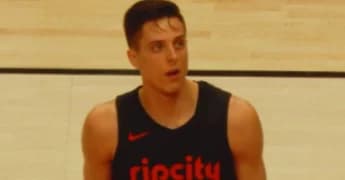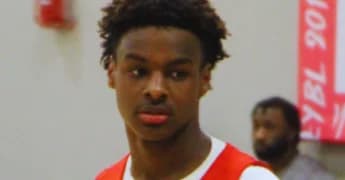The NBA’s scheduling decisions, particularly the notorious back-to-back games, have sparked questions about their impact on team performance. Jeff from Pompano Beach raises a valid concern about players often sitting out one of the back-to-back games, prompting him to suggest a season extension to alleviate the strain. The key inquiry here is whether the NBA’s scheduling choices diminish a team’s chances, specifically in the context of the Miami Heat’s recent matchups.
Miami Heat’s Balancing Act: Prioritizing Players or Pushing for Wins?
In response, the NBA’s scheduling decision to include back-to-back games is rooted in the fans’ desire for prime game nights on Fridays and Saturdays, maximizing revenue. While eliminating back-to-backs could preserve player energy, it would come at the cost of a crucial revenue stream. However, a notable drawback emerges when the league emphasizes player appearances in high-profile games and tournaments, potentially compromising a team’s best interests. The recent situation with the Miami Heat illustrates this tension, as they faced a challenging decision to go all-in on a Friday night game in New York, impacting player availability and team performance.
The spotlight shifts to seasoned players like Kyle Lowry and Kevin Love, who, despite their age, demonstrated resilience by pushing through consecutive nights of play. This resilience contrasts with the cautious approach taken with younger talents like Bam Adebayo, highlighting the delicate balance between prioritizing immediate success and safeguarding players’ long-term well-being.
On a different note, viewer Rodney offers insights into the performance of rookie Nikola Jovic and UCLA standout Jaime Jaquez Jr. Jaquez’s composed plays and strategic decision-making as a seasoned collegian stand out, while Jovic, a young recruit adapting to the American game, appears to grapple with the pace. It’s crucial to recognize the contrasting timelines for these players – Jaquez was drafted for immediate impact, and Jovic was drafted with an eye on the future.
In conclusion, the NBA’s scheduling choices remain a complex interplay between fan engagement, revenue considerations, and player welfare, with each team navigating the delicate balance uniquely. As the league evolves, finding a harmonious solution that ensures both entertainment and player well-being will be an ongoing challenge.
The NBA’s scheduling decisions, particularly the notorious back-to-back games, have sparked questions about their impact on team performance. Jeff from Pompano Beach raises a valid concern about players often sitting out one of the back-to-back games, prompting him to suggest a season extension to alleviate the strain. The key inquiry here is whether the NBA’s scheduling choices diminish a team’s chances, specifically in the context of the Miami Heat’s recent matchups.
Miami Heat’s Balancing Act: Prioritizing Players or Pushing for Wins?
In response, the NBA’s scheduling decision to include back-to-back games is rooted in the fans’ desire for prime game nights on Fridays and Saturdays, maximizing revenue. While eliminating back-to-backs could preserve player energy, it would come at the cost of a crucial revenue stream. However, a notable drawback emerges when the league emphasizes player appearances in high-profile games and tournaments, potentially compromising a team’s best interests. The recent situation with the Miami Heat illustrates this tension, as they faced a challenging decision to go all-in on a Friday night game in New York, impacting player availability and team performance.
The spotlight shifts to seasoned players like Kyle Lowry and Kevin Love, who, despite their age, demonstrated resilience by pushing through consecutive nights of play. This resilience contrasts with the cautious approach taken with younger talents like Bam Adebayo, highlighting the delicate balance between prioritizing immediate success and safeguarding players’ long-term well-being.
On a different note, viewer Rodney offers insights into the performance of rookie Nikola Jovic and UCLA standout Jaime Jaquez Jr. Jaquez’s composed plays and strategic decision-making as a seasoned collegian stand out, while Jovic, a young recruit adapting to the American game, appears to grapple with the pace. It’s crucial to recognize the contrasting timelines for these players – Jaquez was drafted for immediate impact, and Jovic was drafted with an eye on the future.
In conclusion, the NBA’s scheduling choices remain a complex interplay between fan engagement, revenue considerations, and player welfare, with each team navigating the delicate balance uniquely. As the league evolves, finding a harmonious solution that ensures both entertainment and player well-being will be an ongoing challenge.







